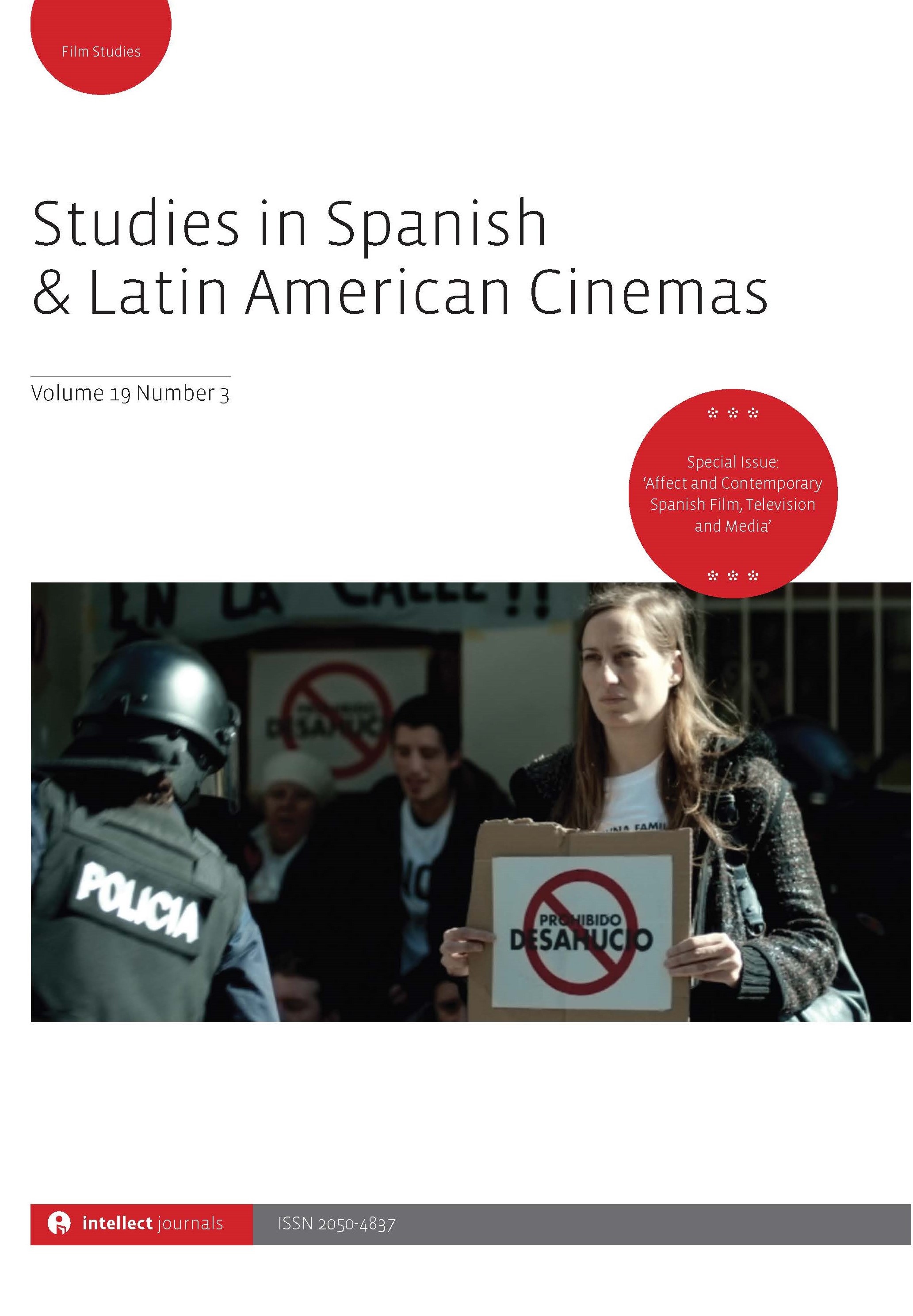
Full text loading...

The indignados movement has suggested that the roots of Spain’s political and economic bankruptcy are to be found in the ‘Regime of 78’, allowing Francoist ills to continue after the Transition to Spain’s parliamentary democracy. This article critically accesses how and why two recent television series – Fariña/Cocaine Coast (2018) and Patria/Homeland (2020) – depict drugs and terrorism, major blights to everyday lives in Galicia and the Basque Country, respectively, during the post-Franco period. The article asks how these twenty-first-century screen narratives rewrite canonical accounts of the Transition during a time of crisis in which the success of local television drama has provided a rare light of optimism – Fariña was bought by Netflix and Patria is the first Spanish drama to be produced by HBO Europe.

Article metrics loading...

Full text loading...
References


Data & Media loading...

Publication Date:
https://doi.org/10.1386/slac_00098_1 Published content will be available immediately after check-out or when it is released in case of a pre-order. Please make sure to be logged in to see all available purchase options.